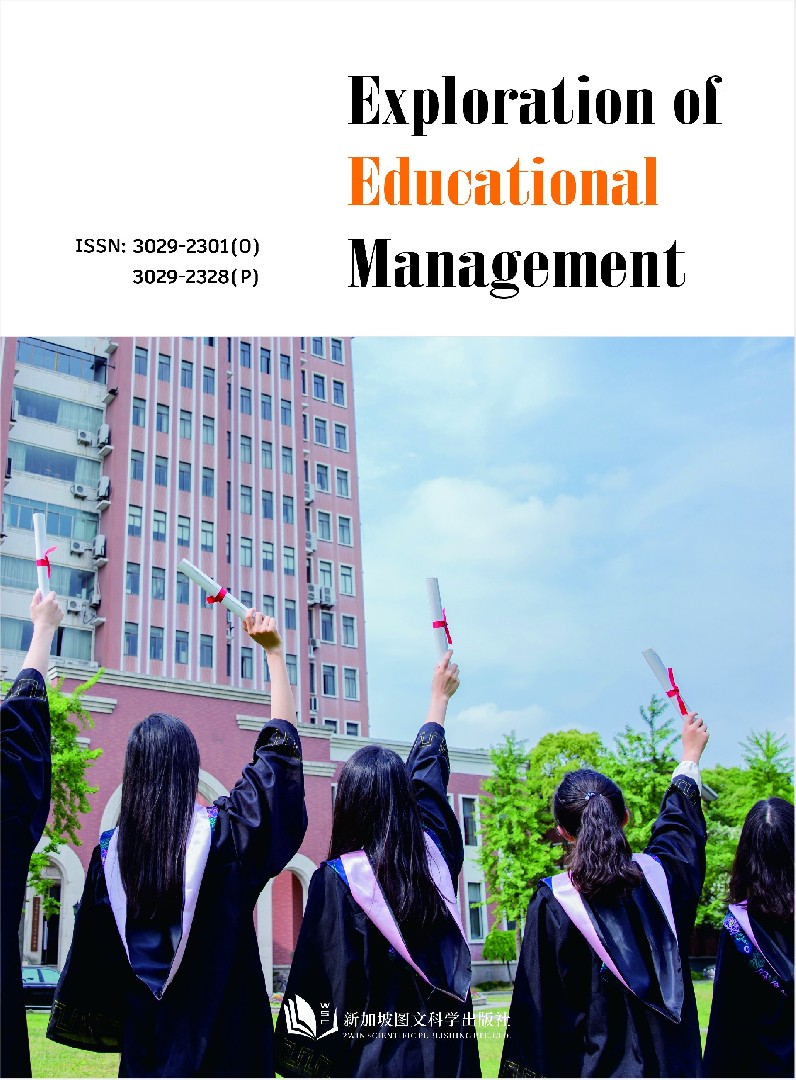作者
Siran Chen
文章摘要
In the 21st century, the rapid advancement of artificial intelligence (AI) technology is revolutionizing industries in unprecedented ways, and the field of education is no exception. The progress of AI technologies, including natural language processing (NLP), machine learning, and big data analysis, has ushered in unprecedented opportunities for education. AI is capable of delivering precise personalized learning paths, providing instant feedback and analysis, and optimizing the allocation of educational resources, thereby enhancing both the efficiency and effectiveness of education. With the integration of AI technology, educators can gain a deeper understanding of students’ learning patterns and tailor teaching plans specifically for each student, thereby facilitating a shift from the traditional “one-size-fits-all” teaching model to a more efficient and intelligent educational approach.
文章关键词
Artificial Intelligence; Language Education (specifically Chinese); Learning Path; Traditional Teaching Model; Transformation Path
参考文献
[1] Jiang Zhijuan. Leveraging AI Technology to Enhance the Effectiveness of Chinese Language Teaching in Secondary and Higher Vocational Education [J]. Huazhang, 2024, (09): 36-38.
[2] Wang Dan. Strategies for Utilizing Artificial Intelligence to Assist Chinese Language Education and Teaching [J]. Chinese Character Culture, 2024, (15): 145-147.
[3] Zhao Shan, Jiang Jin. Thoughts on Empowering Chinese Language Teaching with Artificial Intelligence [J]. China Information Technology Education, 2023, (02): 70-74.
Full Text:
DOI
